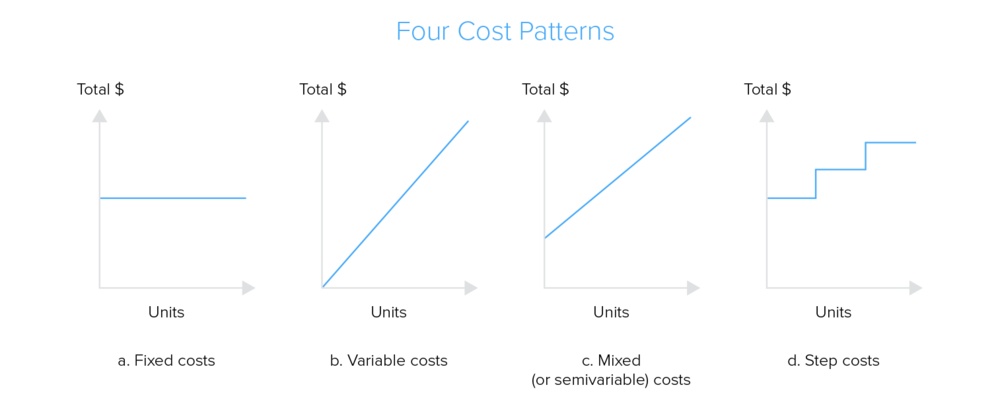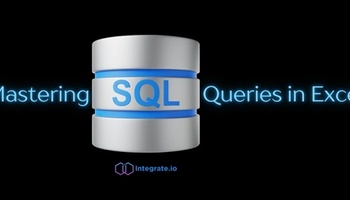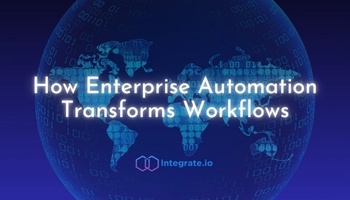Unlocking the true potential of your business often hinges on finding the right tools and services to enhance your operations. Integrate.io has distinguished itself as one of the leading modern data integration platforms for end-to-end data management, offering a comprehensive solution to seamlessly connect your systems and unleash the power of your data. With Integrate.io, you get a complete integration layer to ensure you have the right solutions on every step of your company’s data journey.
The Basics of How Integrate.io ETL Pricing Works:
- We hate vague and 'gotcha' pricing as much as you do! That’s why our pricing is clear, transparent, and tailored to fit your exact needs—so you’re never paying for features, functionality, or usage you don’t need.
- For our ETL & Reverse ETL product, you pay a flat fee based on how frequently you need to run your data pipelines as well as the features and functionality that you need, so your price won’t go up as you increase the number of users, connectors or data volumes.
- For our ELT & CDC product, we offer fixed fee, unlimited data volume, pricing plans based on data replication frequency. Again, your price won't be go up as you increase users, connectors, or data volumes.
- Easily upgrade an existing subscription if you'd like to increasing pipeline frequency run times or add other features or functionality. You’ll still get a predictable pricing plan with no hidden fees.
- All Integrate.io plans also include access to our industry-leading Customer Support team. Our Support Engineers, who all come from data engineering backgrounds, are available 24/7 to work alongside you whether it's regarding questions you have about our platform or data questions in general. We're repeatedly told that no other company offers the kind of professional, highly specialized support we do!
While Integrate.io’s ETL offering is a customer favorite, Integrate.io is the only complete data pipeline platform on the market - offering no-code, cloud-based ETL (Extract, Transform, Load) & Reverse ETL, ELT & CDC, API Generation, Data Observability (for free!), and Data Warehouse Insights in a single platform.
In addition to its user-friendly interface and powerful transformations, Integrate.io’s flexible pricing models set it apart. Integrate.io makes data preparation accessible, efficient, and affordable for companies at all stages of their data journey. In this guide, we delve into the intricacies of Integrate.io's pricing structure, uncovering the value it brings, the flexibility it offers, and the unparalleled benefits it holds for your business.
Table of Contents
- A Pricing Model Designed To Optimize Your Spend
- How Other Data Pipeline Tools Set Their Pricing
- What Does Integrate.io ETL Cost?
- Why Choose Integrate.io?
A Pricing Model Designed To Optimize Your Spend
Integrate.io devised an easy-to-understand and easy-to-implement pricing model that is tailored to each client's requirements. Once you learn how Integrate.io pricing works, you’ll see how it helps clients accurately predict costs and scale SaaS businesses when necessary. There are no hidden layers of costs that make your bill skyrocket. It's consistent with the philosophy of the Integrate.io solution as a user-friendly, functional ETL platform that’s sophisticated enough for data teams while remaining accessible to those with coming from non-engineering backgrounds.
When you sign up for the ETL offering, pricing is not dependent on data volumes, so your pricing does not increase as your data volumes do. The complexity of your pipelines doesn't affect the price of the ETL pricing either. If you want to increase your pipeline frequency runtime and/or add more connectors, you can update your Integrate.io subscription to a new plan with the same predictable pricing scheme.
How Other Data Pipeline Tools Set Their Pricing
As you learn how Integrate.io pricing works, you’ll start to see what sets us apart from our market competitors when it comes to data pipeline solutions. Compare the graphic below, where Table A, "Fixed Costs," represents Integrate.io. The other two models where prices increase represent some of the alternative solutions on the market.
Here are some more concrete examples, using some other companies in the data pipeline space. As you will notice, Integrate.io's pricing scheme is not only more predictable but costs businesses less overall -- for a platform that is superior to use and offers premier results.
Fivetran uses consumption-based pricing. Fivetran is an ELT (extract-load-transform). The more data you use, the higher Fivetran's cost. Think of it as a pay-per-use plan where you won't know from period to period precisely how much your data transformation costs you. Variable pricing models make it almost impossible to budget. It can also put a strain on your data science staff members, who may change their approach to a data job because of the unpredictability of cost. With Integrate.io, your IT personnel can just do the required data transformation, without worrying the job will result in cost overruns.
To see what this looks like graphically, refer to Table B, "variable costs."
Alteryx offers user-based pricing. You pay per "seat," and each one has a steep associated cost -- $5,195 for the base plan and up to $78,975 for the enterprise plan. Furthermore, most businesses require more than one user. Moreover, employees in different regions cannot share the same subscription, meaning any multi-regional operations need more than one user by default. That's in addition to the hosting and hardware costs of Alteryx. As a cloud-based solution, the Integrate.io platform doesn't require hosting on local hardware.
Alteryx's scheme is an example of "mixed," or "semi-variable" costs, as the graphic represents in Table C.
Stitch has a hybrid pricing model, with plans that vary according to data volume and number of users. Stitch is an ETL. The Free and Standard plans for Stitch cap the number of users at 5, meaning any organization with more than five users has to upgrade to the most expensive Enterprise plan. The Free plan allows up to 5 data source types and Standard plan up to 10 data source types. The Enterprise plan allows for customization of the number of sources. Again, that's different from Integrate.io, which bases its pricing on connectors alone.
This is an example of "step" pricing, where costs increase according to plan. You can see this scheme represented in Table D, "Step Costs."
What Does Integrate.io Cost?
Integrate.io pricing is tailored exactly to each client's needs and requirements with a usage-based component coupled with features and functionality. Clients choose which level of platform usage they will require and then which features and functionality to create a custom plan to fit their use case.
As business needs change and grow, companies can add on additional features and functionality as needed. Our goal and commitment is to give you the power to make realistic and reliable budget predictions. In a sense, Integrate.io pricing represents its data pipeline structure - easy to use, easy to comprehend, and ideal for business planning.
Why Choose Integrate.io?
Integrate.io is one of the most respected vendors in the data pipeline space. By partnering with Integrate.io for your data pipeline needs, you access a platform that lets you utilize your data to its max potential. You also benefit from a transparent, predictable pricing structure. Your data pipeline costs will not vary according to the rows of data you process, nor by the number of users on the platform. When you use Integrate.io, you get a modern end-to-end data pipeline platform, as well as a wealth of resources to make your data pipelines the most streamlined they can be. To learn more about Integrate.io pricing model, chat with one of our experts and they'll walk you through everything you need to know before getting started with Integrate.io. Or schedule a 14-day free trial so that you can try the platform out for yourself!










